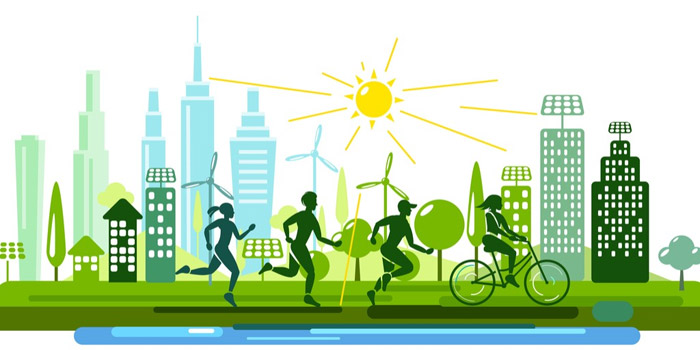According to NASA, the current carbon dioxide (CO2) in the atmosphere is 419 ppm. The last time there was this much CO2 in the atmosphere was 2-5 million years ago. We are the first humans to have ever lived with so much CO2 in the air. As such, the predictable weather patterns that have allowed humanity to flourish can’t be taken for granted. And if suddenly wide swaths of the planet have too much rain, or too little rain, or stronger storms, etc., the cost to our economy will be dwarfed by the cost in human lives. It’s not about saving the planet. It’s about saving… us.
But what about India and China? Why should I/we lower our greenhouse gases when they’re not?
First of all, some content knowledge might shape our critical thinking skills.
China’s carbon emissions is 7.8 tons per capita.
India’s carbon emissions is 1.91 tons per capita.
Canada’s carbon emissions? A whopping 18.58 tons per capita (source: worldmeters.info).
Per person, we produce more than double the carbon emissions that China does, and 9 times the carbon emissions that India does, and we have the gall to claim that we’re not going to make any sacrificing until they do?
Which, probably, is what some fossil fuel supporters in China and India are saying. “Why should we lower our carbon emissions when Canada is producing so much more per person than us? We’re not going to make any sacrifices until they do.”
Rather than set an example on how to lower a country’s emissions, asking “What about China and India?” risks us being used as a country to justify carbon emission increases.
Further, did you know that the International Energy Agency recently stated that for the first time ever, clean energy jobs surpassed those working in the fossil fuel sector? If we don’t work diligently on creating clean energy jobs, we risk losing jobs to other countries that would be happy to fill the growing market.
Countries like India, whose climate policies are compatible with the Paris Agreement target, and who globally is a top 5 country in solar installations and electricity produced by wind.
Or countries like China, which gives priority access to the electric grid for solar and wind power, produces most of the world’s solar panels, and has plans to be the world’s largest supplier of electric vehicles.
“But what about China and India?” is a good question to ask. But maybe a better question that we should ask first, is, “But what about Canada? How do we be the change we want to see in the world?”




